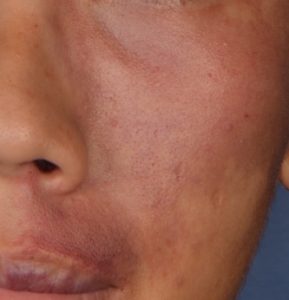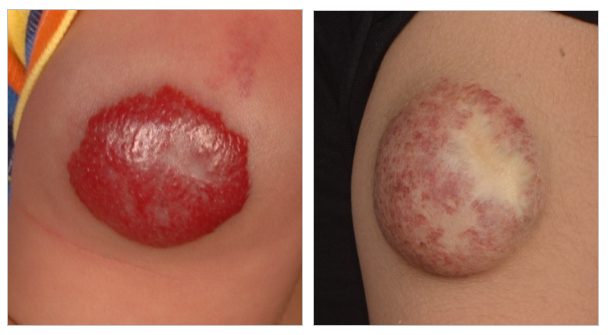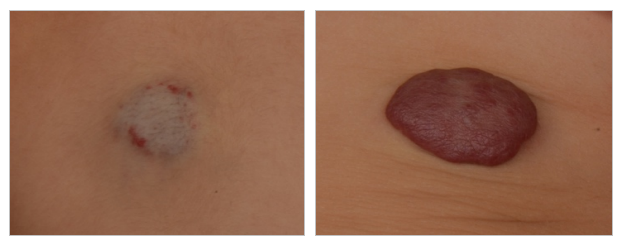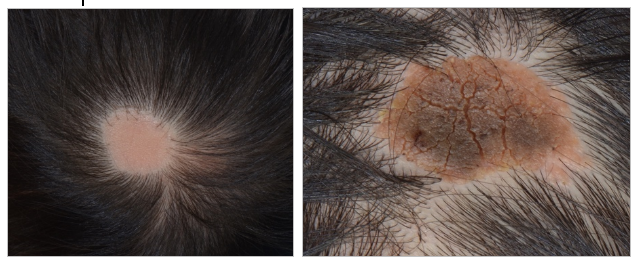Birthmarks
The key in the treatment of birthmarks is to make an accurate diagnosis of the birthmarks so that the most effective treatment can be implemented. Our plastic surgeons are highly trained and have extensive experience in assessing and treating birthmarks in both children and adults.
Different Types Of Birthmarks
Vascular Anomalies

The number of sessions of laser and the level of clearance we can achieve depends on the extent of the lesion, but improvement is usually noted after the first session. Numbing cream will be applied before the laser session to minimize pain during the treatment. Bruising is expected over the next few days.
For the removal of deeper and thicker VA, sclerotherapy injections and surgery are better options. The choosing of options will depend on the type of VA, size and location. Examples of these VA include Capillary Malformation (or Port Wine Stain), Venous Malformation, Arteriovenous Malformation and Lymphatic Malformation. On top of a thorough assessment, additional tests, such as an MRI, may be required to decide on the best course of treatment.
A common type of VA, known as Haemangioma, will resolve in 70% of children by the time they are 7 years old. Haemangiomas are usually monitored without any treatment, unless they cause problems such as bleeding, ulcers or affecting the child’s function. It is imperative to seek a doctor experienced in diagnosing VA, to avoid having your child undergo unnecessary tests and treatments.


Pigmented Birthmarks
- Blue / green / grey, eg. Mongolian Blue Spot and Naevus of Ota
- Brown / black, eg. Congenital Melanocytic Naevus (mole) and Café Au Lait Spots
- Tan / orange, eg. Naevus Sebaceous


Treatment of pigmented birthmarks, similar to VA, depends on the type of lesion, thickness, size and location. Small birthmarks may be removed by laser ablation or surgery. Larger lesions will benefit from multiple pigment laser sessions to gradually lighten the lesion or a series of surgeries to gradually remove the birthmark. Congenital melanocytic naevus (mole that a baby is born with) and naevus sebaceous have a low risk of cancerous change.

